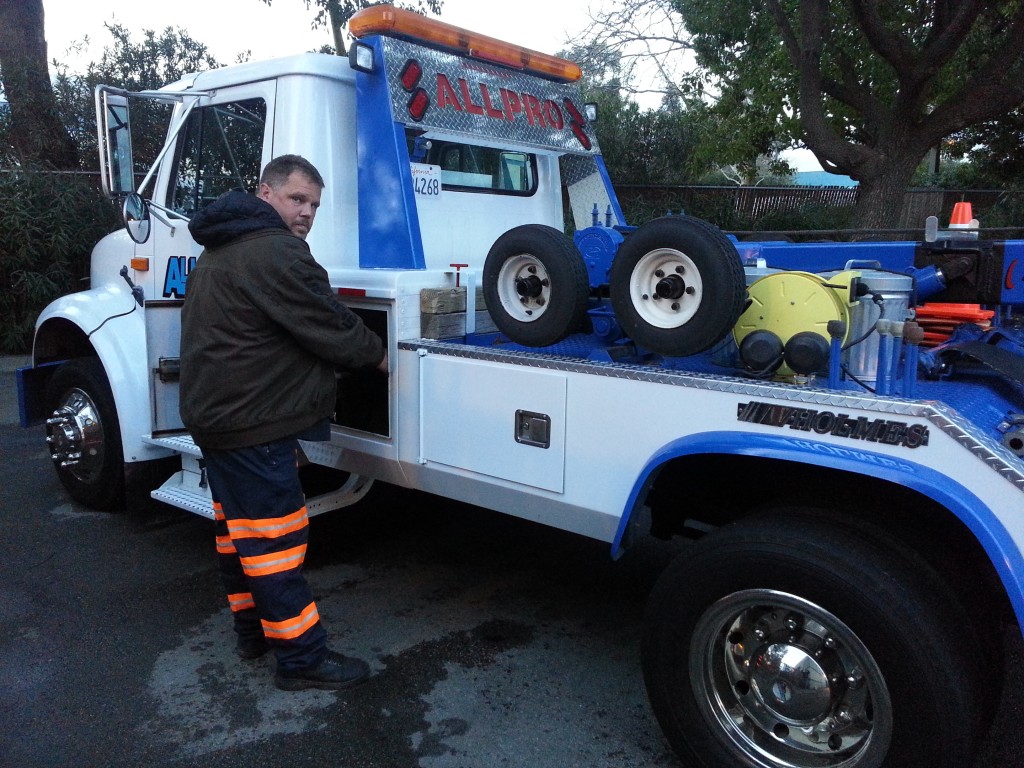Sometimes drivers don’t take precautionary advice as seriously as they should…until something unfortunate actually happens to them or someone they know. The potential danger just doesn’t seem as real until drivers have some first hand experience that scares them and makes think a little. Since driving a car is a necessary daily event for many of us that has become commonplace, it’s perhaps easy to become desensitized to the variety and intensity of dangerous outcomes that can befall us whenever we get behind the wheel.
For some who do experience dangerous and horrific traumas, yet manage to survive them, it becomes a fervent mission to tell their story so others can avoid the same experience…and most importantly, avoid a life threatening outcome. Kids and Cars founder Janette Fennell is an incredible example. In 1995, she and her husband were carjacked, robbed and left in their trunk in an remote location. Fortunately, they escaped, but didn’t discover that their infant son was unharmed until they arrived back home to find him sitting in his baby seat in the driveway. Janette later founded the advocacy group Kids and Cars and successfully lobbied to get trunk releases required in all new vehicles.
Could something similar happen to you? Approximately 45,000 carjackings occur each year.
The key to keeping yourself safe is to vigilantly scan your surroundings. People in parking lots tend to be arriving or leaving without much delay. So someone just standing around for any period of time…uninvolved with getting in or out of a car…might be looking for a potential victim. So don’t dally…quickly get in your vehicle and lock the doors. But if someone is already in your car or about to confront you? Immediately comply and move away. Give them what they want and create as much distance between you and the intruder as possible. If the car is stationery…get out…even if it’s in drive. If it’s moving, stop quickly and get out.
Car Trouble or Flat Tire at Night
Stay in your car and call for help! Many people make the biggest mistake of getting out of their vehicle in the midst of or near traffic. Traffic behind you will invariably begin to slow and stop. If an apparent good Samaritan or helpful stranger comes close… don’t open the door. Just talk to them through the window and ask them to call the police if you are unable to do so.
Car in Flashflood, Mudslide or Sinking in Water
Probably the most valuable things to have for this situation is a Life Hammer device. It’s a small tool that makes it easier to break out windows and cut seat belts if needed…to help you escape a crashed or submerged vehicle.
One of the biggest challenges to overcome is that water will cause the power to go out and most modern cars have power locks and windows. Trying to open the door while the car is filling up with water is almost impossible. After it’s full, it may be too late. The minute or so after a car lands in water, but is not yet submerged is when it’s easiest to escape and survive…according to researchers from the University of Manitoba. They recommend exiting through the side windows while the vehicle is still floating. The key is to think and move quickly.
384 occupants die in motor vehicle crashes involving water submersion each year…according to the NHTSA (National Highway Traffic Safety Administration).


